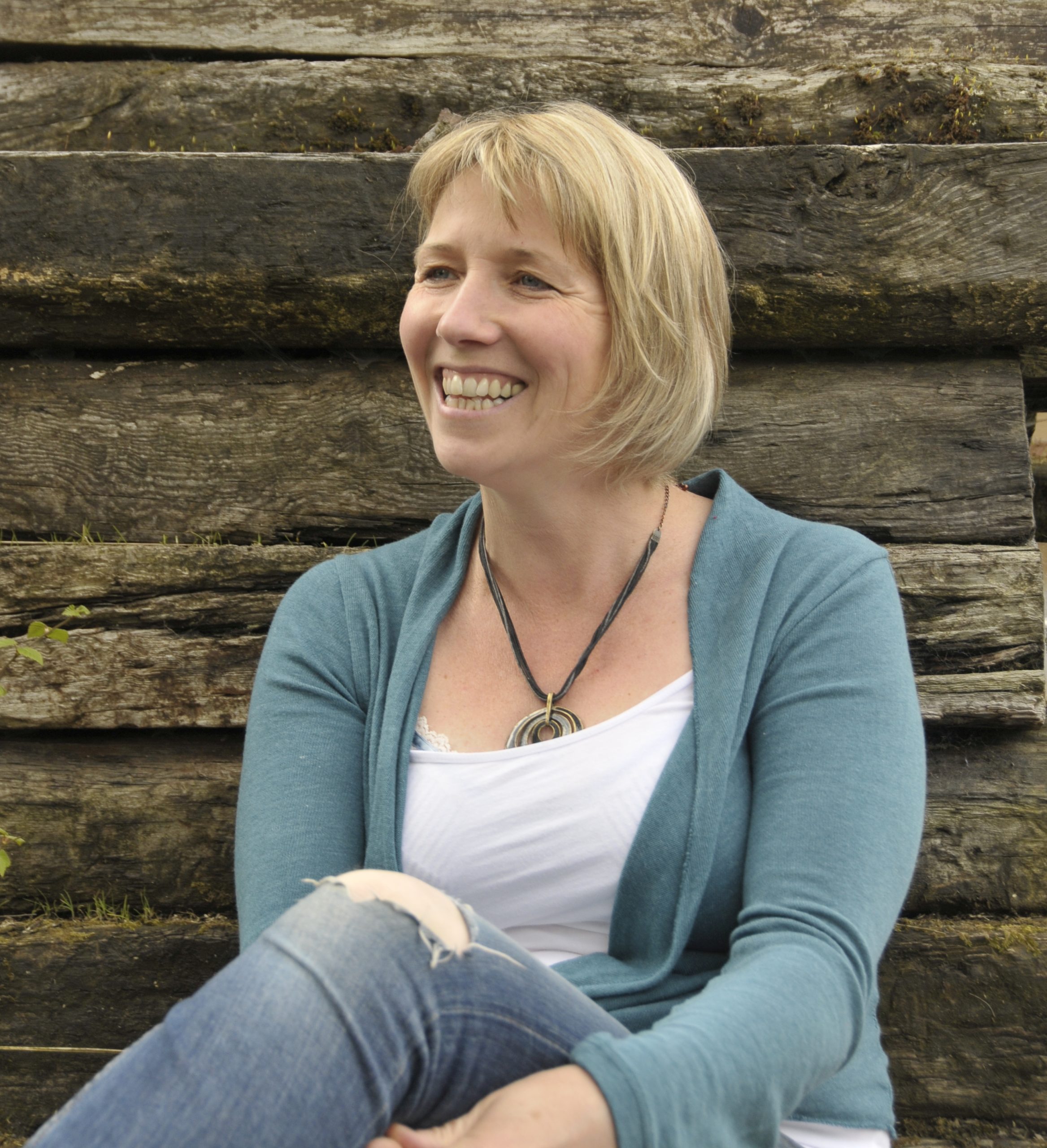The Whole Picture – How Nurseries Should Use Facebook

Sharing photos for parents via social media is a value-added service that nurseries are increasingly seeking to provide – but what’s the best way to go about it? Lorraine Jenkin offers some tips… Although the general consensus is we are over-burdened with images, for parents the thirst for pictures of their children seems unquenchable. The […]

Sharing photos for parents via social media is a value-added service that nurseries are increasingly seeking to provide – but what’s the best way to go about it? Lorraine Jenkin offers some tips…
Although the general consensus is we are over-burdened with images, for parents the thirst for pictures of their children seems unquenchable. The importance that social media now plays in many people’s lives means nurseries are increasingly being expected to provide photographs of their day’s events. It’s easy to see why. a dad slogging in an office sees a picture of his daughter splashing and laughing in a puddle and bingo – the guilt disappears, and that nursery bill becomes money well spent. However, there are some serious issues to consider before taking the social media plunge.
Managing time and people
Done well, photos can provide crucial evidence that children are enjoying a varied day. Parents might become less critical or suspicious about what their child is doing. They might talk positively to other potential clients, or consider that they’re getting a better service. On the negative side, a bad photo – maybe one showing a child crying, or grubby, or using the chalks again – might be detrimental to the nursery’s image.
How regularly to upload photos is worth debating at the start. You can always do this more regularly over time, but doing so less often than you were before could be considered a slip in standards!
Consider the time you’ll spend providing this service. To some degree, you are going to have to stage photos. You might wish to move children around, omit some, add others or tidy up beforehand. You will also need to factor in the time needed to choose the best photo, upload and add a comment. Assuming some parents won’t want their children in group photos, you will need to upload the images to separate email addresses, or indicate on your Facebook page who can see the images. All this will take time and concentration, and you won’t want parents to expect it every day – but don’t always do it on, say, Thursdays when some children will never be in. Also consider which staff might be best suited to the task. A good photographer might be useful, but maybe all you really want is a snapshot? Others might welcome a legitimate dip into Facebook for the chance to have a peep at what their mates are up to… It might sound pedantic, but consider staff skills. Photos are usually accompanied by a caption, so use staff capable with punctuation and spelling. This is the image of your nursery: some parents won’t mind or even notice, but some certainly will.
You also need to be sensitive to how the children are looking. All children cry occasionally, but parents typically don’t want to see a tear-stained face any more than a saggy nappy.
Obtaining consent
When you have made the decision to go ahead, the next stage is crucial – consent. It must be clear and accompanied by an explanatory statement of what you anticipate doing. Parents should be asked to sign a form and their wishes must be adhered to. We all know ‘over-sharers’ and you must assume they will upload every photo available – even if you ask that some are not. Think of the parent whose child is in the background clearly picking their nose, or sitting on a potty, or being pushed by another child, and then imagine how happy they will be when it goes viral, and who they will hold to account…
More importantly, there are those children for whom anonymity is crucial. Careless sharing of their images could compromise their safety, and you will not be thanked for it. Consider splitting the consent you’re asking for into three areas:
1 I would / wouldn’t like to receive photos of my child via Facebook / email. 2 I am / am not happy for other parents to see photos of my child alongside their own – knowing that the nursery CANNOT be held responsible for what those parents do with their photos. 3 I am happy for the occasional photo to be used for promotional purposes by the nursery.
By splitting consent these ways, you will have an agreement to do it in the first place, a decision about whether children can be in group photos or singularly, and an agreement to using them for your own website or promotional Facebook site. You will then need to keep a very accurate list of parents’ preferences and ensure that it is adhered to. Some nurseries I spoke to had decided not to give out any images to parents, aside from individual ones on Christmas calendars, for example.
“We have children on the At Risk register…the accidental sharing of an image could even result in violence to that child and/or their family or carers,” said the manager of one state-funded setting. “We took the decision a number of years ago that because we could never be 100% sure an image would not get into the public domain, we would not take the risk.” Others use only anonymous photos of the children for promotional reasons – for example, from behind whilst in a nursery-issue waterproof suit, or just their hands whilst mixing dough.
Public vs private
A couple of nurseries I spoke with use Facebook in two ways – to maintain a private page, as well as a public promotional page. Their reasons for doing so are that it’s free, easy to use and familiar to most parents. The public page has the nursery’s contact details, opening hours and reviews, alongside generic photos of the setting. This is their ‘shop window’, where they advertise their services. Hannah, from Jigsaw Nursery, Llandrindod Wells was in the process of starting a private Facebook site in addition to their public one. A ‘quality review’ questionnaire showed that parents wanted more photos of their children, and she considered it a service to provide them.
She’s now planning to make one site available only to parents who have agreed to have their own children on it. “Parents seem to want lots of information these days about their children and love to see pictures of what’s been happening in their day.” She did admit that it was another job in an already packed schedule, but because parents wanted it, she was happy to provide.
Mandy, who works in a private nursery in Mid Wales, talked about how useful their Facebook page had become for notices. She told me that although the Facebook site did require work to maintain, because all her parents were members of the page, it took the place of a newsletter that used to take her hours to prepare.
Going social
How to set up a nursery page on Facebook
1 Set your page up as a ‘secret group’. 2 Invite any interested parents to join. 3 Have strict rules about membership – i.e. only current parents and carers. If you add, say, grandparents, you give yourself a longer list of who can see which photos. 4 Have a notional regularity. Don’t make it a burden (e.g. every Friday) but a guide. Fortnightly? Bi-monthly? 5 When uploading a photo, use the drop-down arrow on the top right corner of the box to determine who can and can’t see it. Alternatively, click on an image and send it via Messenger. 6 Intersperse your private images with general images on the Facebook page – e.g. staff bringing in a tray of ice-creams, sunflowers grown by the children, the new sandpit. Make your nursery look lively and busy. 7 Remember, this page is your shop window. Use it wisely!
Lorraine Jenkin is an author, journalist and blogger; for more information, visit lorrainejenkin.blogspot.co.uk or follow @lorrainejenkin











